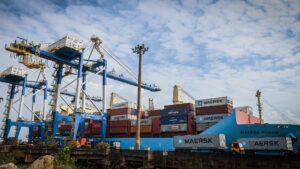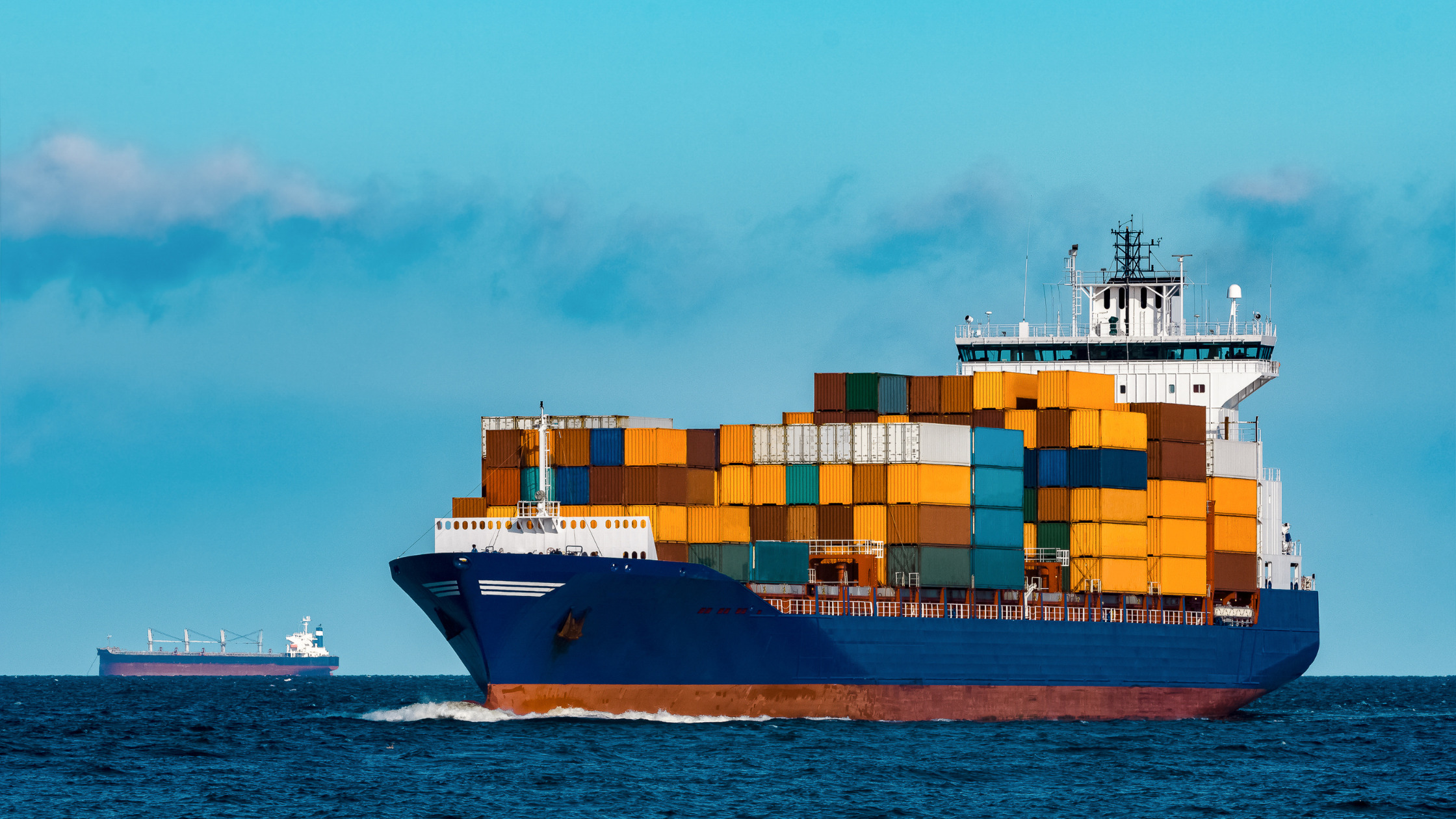
Sea freight shipping has been the backbone of international trade for centuries. It’s a cost-effective and efficient way to transport goods across long distances, making it an essential part of global commerce.
It dates back thousands of years when early civilizations used boats to transport goods across rivers and oceans. Today, ocean freight shipping has evolved into a sophisticated industry crucial to the global economy.
Here’s an overview of ocean freight shipping and everything you need to know, from the types of ocean freight services, costs, and pricing factors to the documentation requirements and benefits.
What Is Sea Freight Shipping?
Sea freight shipping is also known as ocean freight shipping and involves transporting goods via ocean and sea routes. It involves using ships, cargo liners, or containers to move goods across international waters. It’s typically the primary mode of transporting heavy and bulky goods over long distances that are not time-sensitive.
Products like raw materials, cars, machinery, electronics, and other large items are typically shipped by ocean as it is more cost-effective than air-freight.
Additionally, sea freight shipping provides a reliable means of transportation with established schedules and routes that allow businesses to plan ahead for their shipments.
Types of Sea Freight Services
Depending on the nature of your cargo, there are different types of ocean freight services available to choose from:
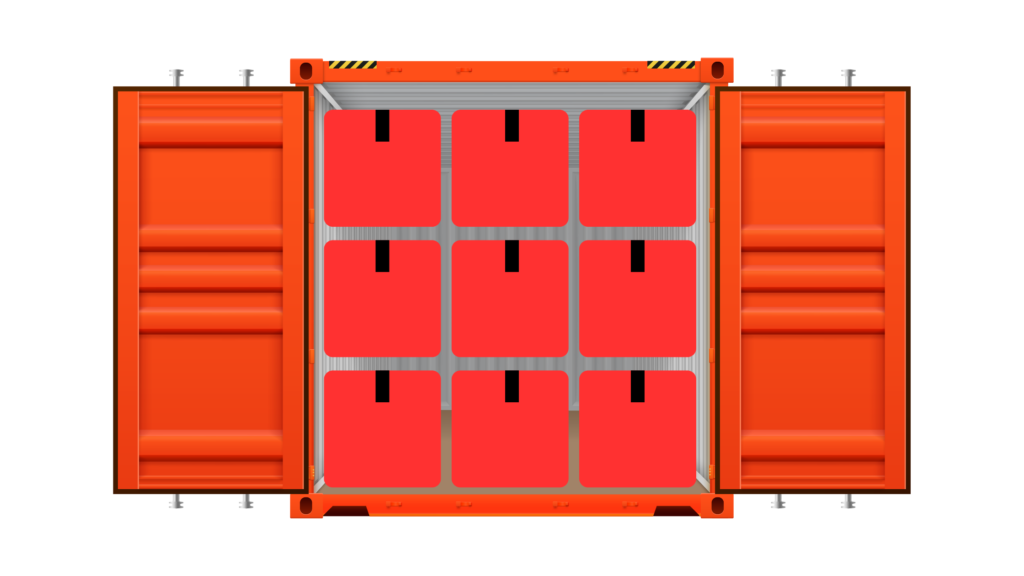
1. Full Container Load (FCL)
Whenever you’re shipping a large amount of goods that can fill up an entire container, FCL is the most suitable option. The container is exclusively yours, and you pay for the empty space regardless of how much cargo it holds.
FCL is ideal when transporting fragile or high-value goods since they won’t be mixed with other cargo, reducing the risk of damage or theft.
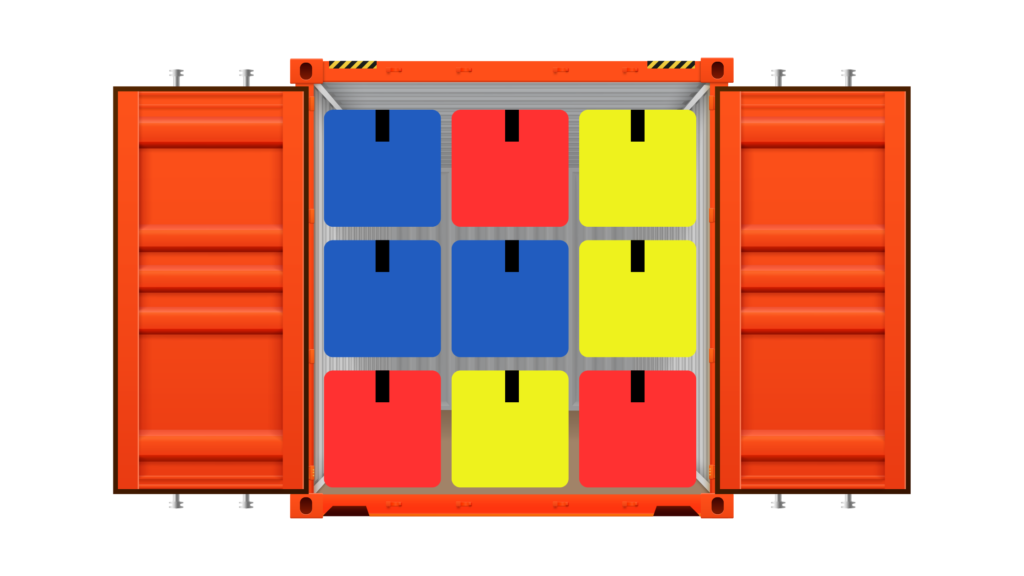
2. Less than Container Load (LCL Sea Freight)
In contrast to FCL, LCL Sea Freight involves sharing a container with other shippers and shipping small quantities of goods. This type of service is cost-effective; you only pay for the space your cargo occupies.
However, LCL may take longer since the container needs to reach full capacity before being shipped and there are some small risks of damaged goods.

3. Roll-On/Roll-Off (Ro-Ro)
Ro-Ro service primarily helps ship vehicles or machinery with wheels. The crew rolls the cargo onto the ship and secures it before transportation. This method is quick and convenient but unsuitable for other types of goods.
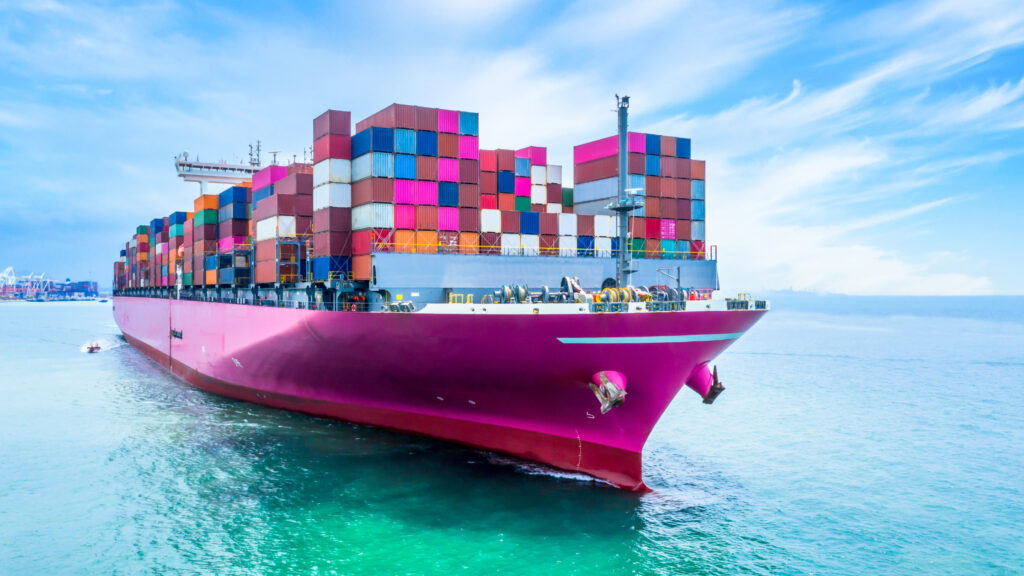
4. Bulk Freight
Bulk freight is best suited for shipping large quantities of raw materials like coal, grains, and liquids. The cargo is not packaged but loaded directly into the ship’s hold.
This type of service requires specialised vessels and equipment and is best for transporting goods like oil or gas.
Choosing the Right Sea Freight Service
Before deciding on a specific ocean freight service, businesses should consider the following factors:
1. Type of Cargo
Each type of sea freight service is suitable for different types of cargo. Assessing your shipment's nature is essential to determine the most appropriate option.
2. Transit Time
You need to know how long your cargo will take to reach its intended recipients. Time is money, especially in shipping, where the cargo may depreciate. It also locks your operating capital. It's even more crucial when handling perishable goods. FCL and Ro-Ro services are generally faster than LCL and bulk freight.
3. Cost
Depending on your budget and the size of your shipment, you may opt for a more cost-effective service like LCL or FCL for your convenience. Also consider different shipping companies, contrasting their pros and cons as well as their different sea freight charges
4. Destination
Some ports may be better equipped to handle certain cargo types, so choosing a sea freight service that can accommodate your desired destination is essential.
5. Reliability
When choosing a sea freight service, it's vital to consider the company's track record and reliability in delivering shipments on time and in one piece.
Ocean Shipping Process Overview

Once you’ve chosen the right sea freight service for your business, the shipping process typically follows these steps:
1. Booking and Documentation
The first step is to book your shipment with an ocean freight carrier and provide all necessary documentation, including the bill of lading and customs documents.
2. Pickup and Transportation to Port
For an appropriate price, shipping companies can collect your cargo from your business location and transport it to the designated port for loading onto a vessel.
3. Custom Clearance
Before departure, customs officials inspect the shipment and clear it for export. Depending on the destination country’s regulations, this process can take several days or even weeks. Depending on the destination country’s regulations, an export permit may be required, and this process can take several days or even weeks. For more information on obtaining an export permit in Malaysia, check out our detailed guide here.
4. Loading onto Vessel
Once cleared by customs, your cargo will be loaded onto a ship based on its type (FCL, LCL, Ro-Ro, etc.) and destination.
5. Ocean/Sea Transit
During this stage, your cargo will be in transit via sea until it reaches its designated port of arrival. The time varies depending on the distance between ports, weather conditions, and potential delays.
6. Unloading at Destination Port
As soon as your cargo reaches the intended destination, a crew unloads it from the vessel, and customs officers inspect it once again.
7. Delivery to Final Destination
After passing through customs clearance at the destination port, we transport your cargo to its final destination via truck or train. If requested, the carrier may also arrange for local delivery services.
8. Payment of Fees
Throughout this process, you’ll need to pay various ocean freight shipping fees, including transportation costs, customs duties or VAT, and any additional charges for services like storage or insurance.
Documentation Requirements for Malaysia

In addition to the above steps, there are specific documents required for shipping in Malaysia, including:
- Commercial Invoice: This document includes the shipment details, such as description, quantity, and value of goods.
- Packing List: This document is crucial as it helps all parties to establish a list of all the shipment items and their condition.
- Bill of Lading: This legal document proves the ownership of the items under shipment and the terms of changing ownership among specific parties. The carrier also has to cosign.
- Certificate of Origin: This document verifies where your goods were manufactured or produced.
- Import Licence: Certain goods require an import licence from relevant government agencies in Malaysia like SIRIM. It is essential to obtain SIRIM import permit document before shipping.
- Insurance Certificate: Proof of insurance is necessary because anything can happen on the turbulent high seas.
Ensure all the required documents are accurate and complete to avoid customs delays or fines. Additionally, it’s recommended to work with a trusted freight forwarder who can assist with preparing and submitting these documents.
Restrictions and Prohibited Items
Like most countries, Malaysia has restrictions and prohibitions on certain items that can be shipped in or out of the country. Awareness of these restrictions is essential to avoid issues and legal problems.
Some common prohibited items in Malaysia include:
- Weapons and firearms
- Illegal drugs
- Pornographic materials
- Counterfeit goods
It’s also important to note that certain agricultural products, such as plants, seeds, and fruits, may require special permits before shipping. It’s best to check with local authorities for specific regulations on items you want to ship or receive.
Costs and Pricing Factors in Sea Freight Shipping
Sea freight shipping rates per Kg vary depending on factors like:
- Type of Cargo: Your goods’ size, weight, and nature will impact the overall cost. For example, hazardous materials may require special cargo handling procedures and incur additional fees.
- Distance: The distance between origin and destination can affect shipping costs. Longer routes typically have higher rates.
- Shipping Method: Different modes of sea freight shipping (FCL vs. LCL) have varying pricing structures that can impact overall costs.
- Customs Duties and Taxes: These sea freight charges may be applicable depending on the goods being shipped and the destination country’s regulations.
- Additional Services: Optional services like insurance, storage, or warehousing services may also incur additional fees.
Ship with Global Track Lines

At Global Track Lines, we provide efficient and reliable sea freight shipping services to and from Malaysia. Our container lashing service is meticulous in handling all types of shipping containers and goods, including fragile or hazardous items, and have extensive experience in navigating international shipping regulations.
With our advanced tracking system, you can monitor the progress of your shipment at any time. We also provide personalised customer service and support to address any queries or concerns you may have along the way.
Contact us today for a quote and let Global Track Lines handle all your sea freight service shipping needs with ease.




